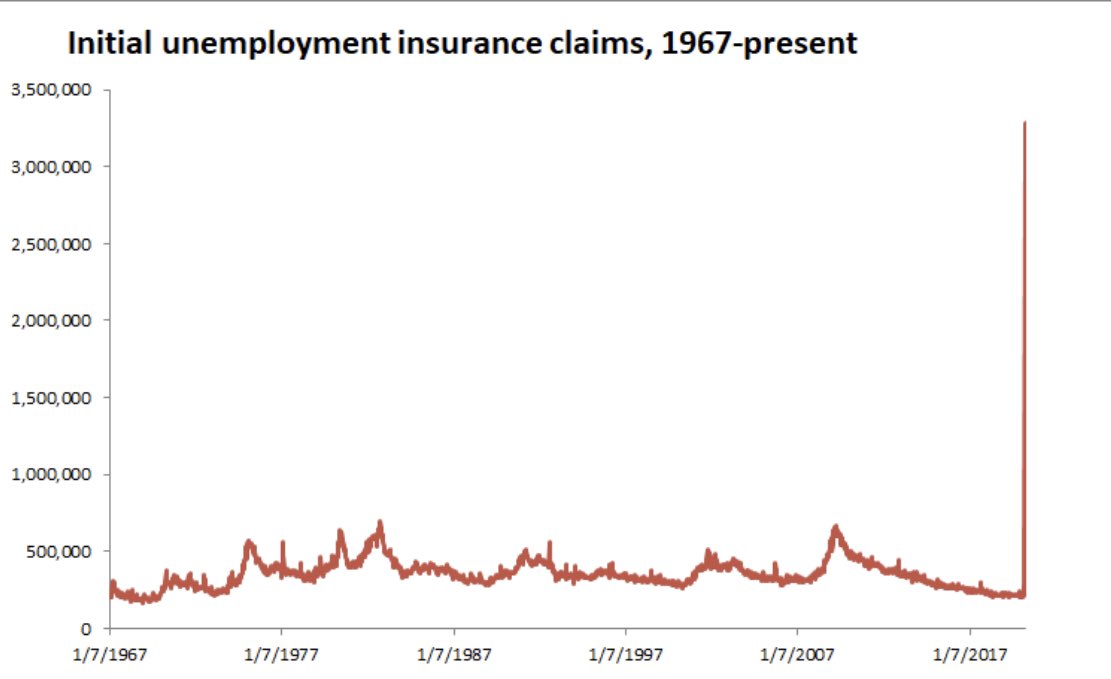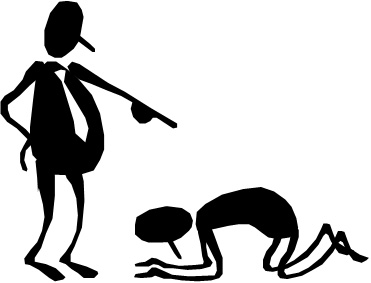Por exemplo:
- Arte, sempre a arte (Maio de 2018)
- O futuro da economia é a arte (Abril de 2018)
- A ascensão do artesão e da arte na produção (parte II) (Abril de 2017)
- Qual a alternativa? (Maio de 2016)
- O papel da arte! (Abril de 2016)
- Arte e PME (Novembro de 2015)
- Acerca da paixão nas PME (Março de 2015)
- Passion Rules!!! (Maio de 2011)
- Há sempre uma alternativa (parte II) (Maio de 2011)
- Paixão e relações amorosas (Fevereiro de 2011)
- Inovação na ponta do lápis (Agosto de 2009)
- Mandamentos para os gestores das unidades com futuro (Novembro de 2009)
- "Nós fazemos as contas ao contrário" (Setembro de 2014)
"I came to think of them as exemplifying the single most important rule for thriving in a twenty-first-century economy. The rule applies to manufacturers, but also to bankers and artists and teachers and middle managers at large corporations. The rule is simple: Do not be a commodity.BTW, neste artigo de Julho de 2011, "Uma Sildávia na América", comentei o estado da empresa antes do tal telefonema de Katie
.
Commodities fit a few key criteria. They are undifferentiated. That means that people who buy them don’t see any qualitative difference between competing versions. Instead, commodities are bought based on price and convenience. Most people gravitate toward buying the cheaper dish soap, the cheaper lumber, or the cheaper light bulb instead of the more expensive version on the same shelf.
...
General Pencil had so many orders from so many school districts that it no longer needed to be at the cutting edge of innovation.
The American pencil business had by then become what economists call a mature business.
...
This sleepy world was overturned in the 1990s when something entirely new began to happen. Ships arrived in the nearby Port Newark with huge containers filled with pencils made in China. These pencils looked identical to the ones General made.
...
[Moi ici: Anos depois, a filha do dono da empresa de lápis teve uma ideia] In that moment, Katie realized that she had come upon an enormous hole in the U.S. pencil market. She couldn’t possibly be the only person who wanted a solid, reliable drawing utensil, something between the two extreme options. [Moi ici: Os dois extremos eram os láis chineses de um lado e os de engenharia, de origem alemã] Parents, she knew, would happily pay a reasonable premium for pencils custom-made for their kids. She picked up the phone, called her dad, and offered him an idea that might just save the family business.
Katie eventually created a line of kits that included drawing supplies and instruction books based on her classes.
...
There would be kits with entire lines of colored pencils, and there would be kits with charcoals for high schoolers who had more ambitious goals and wished to develop more comprehensive skills.
...
The companies that shipped container loads of Chinese pencils were too large and distant to worry about such a niche market. They were still satisfied selling commodities. The German companies, which needed to maintain their professional reputation, were reluctant to dilute their brand image by focusing on children. [Moi ici: Como não recordar o truque de Roger Martin para avaliar se uma estratégia é mesmo uma estratégia. O contrário de uma estratégia a sério não é estúpido, mas representa uma brutal fricção para quem a queira seguir] This is why Katie was able to charge a dollar apiece for her pencils. The parents who buy General Pencil kits for their kids are happy to pay a premium, since they are getting a product precisely designed for them.
...
I have come to think of “the pencil test” whenever I am confronted with a question of how best to thrive in a rapidly changing global economy. There is no product more commoditized, more easily reproducible, than the simple No. 2 pencil. Yet General Pencil was able to get out of commodity competition. It was able to thrive and profit by identifying a specific audience with clear needs and serving that audience thoroughly. [Moi ici: Qualquer empresa em Portugal está de um lado ou do outro do teste do lápis. Ou são uma commodity ou são algo com valor acrescentado para um grupo de clientes-alvo que outras empresas nunca poderão oferecer porque estragaria o seu modelo de negócio]
...
[Moi ici: Depois, vem o final do capítulo para fechar este postal, tal como ele começou, a arte] Katie was far more of an artist than an industrialist. Her passion lay in sketching nature, not in looking at spreadsheets, worrying about the rising cost of graphite and the bottleneck at their Midwest distributor. That was stuff her dad loved and would never be for her.
But while working with her dad developing the pencil kits, she found herself becoming fascinated by some of the very things she assumed she’d hate. Distribution, she realized, isn’t just a dull corporate word; it’s the way she can get pencils in the hands of children and artists. Finance isn’t a deathly dull spreadsheet; it’s a language that allows her to make better decisions about the experiments she wants to conduct, and it guides her as she invents different kinds of kits and assesses which ones have successfully found a market. She would never make distribution and finance the core of her work. General Pencil has plenty of experts in those areas. But she learned that there could be as much joy and creativity in business as there is in art."































